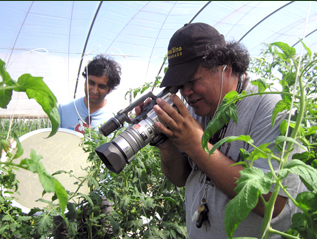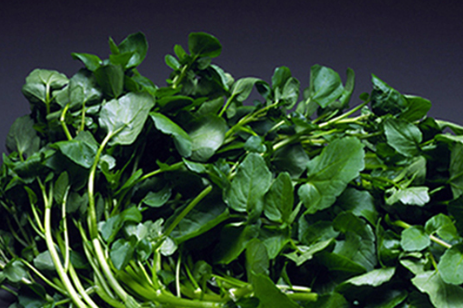1) Since we started this blog back in May, more than one person has asked me about how one starts and maintains a company blog.
Now I am pleased to be able to point you to an excellent article at work.com called Marketing Your Business With a Blog. And not only did Brian Brown put together this great information on how to start a company blog, he also points to Ha Ha Ha! as an example of how to do it well.
Brown runs the Small Business Blog of the Day website, which selected our blog back in June. We are truly flattered to again be highlighted for doing a good job here.
2) Remember when the television program Kama‘aina Backroads was here recently, taping a segment on Hamakua Springs? If you missed seeing the program on TV, here’s your chance.
Roland Torres, who produces the excellent new series, tells us the episode with the Hamakua Springs segment can be viewed on their website for a short time. Have a look.
The website states the video is for subscribers only, but Roland says that friends of Hamakua Springs are welcome to watch. So if you didn’t catch the program when it was on, or if you don’t live in our area, this is your chance. He tells us it will only be available for another couple weeks, so hurry. — posted by Leslie Lang




